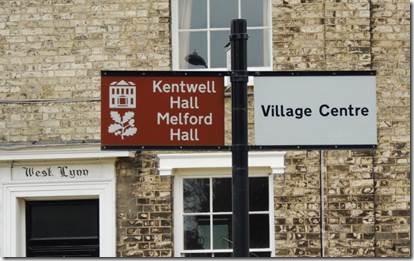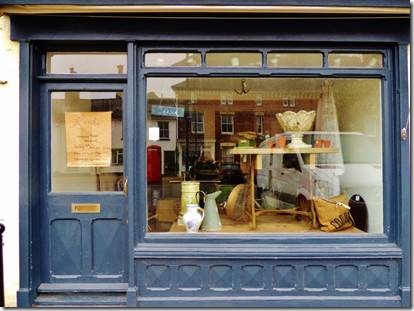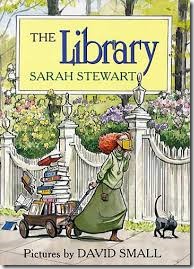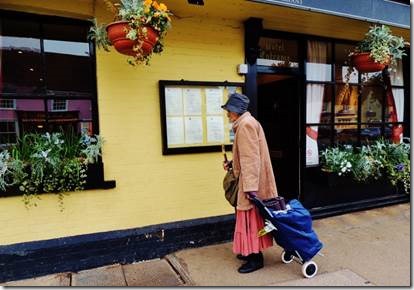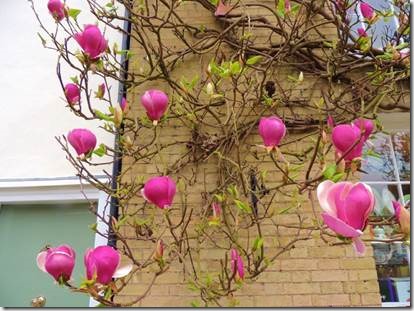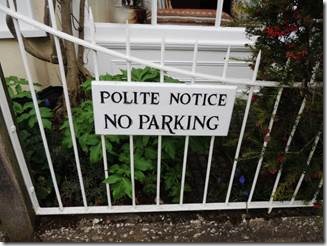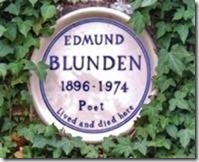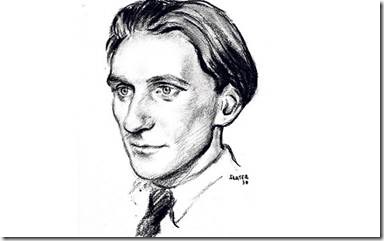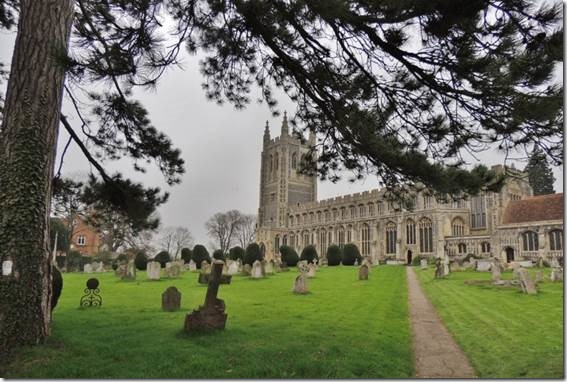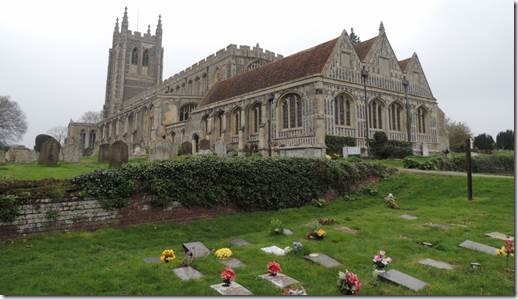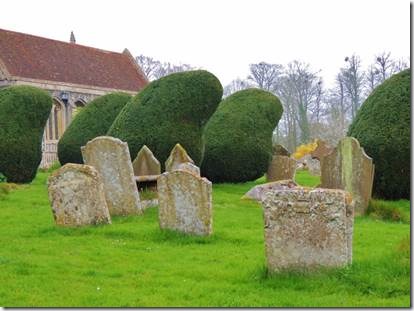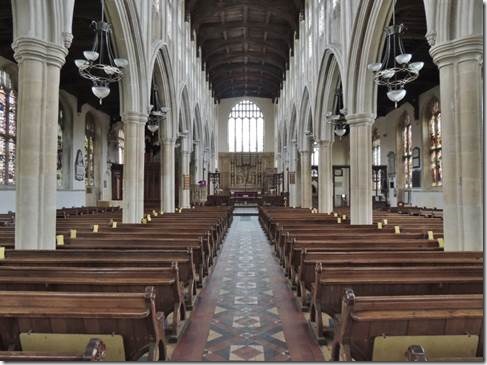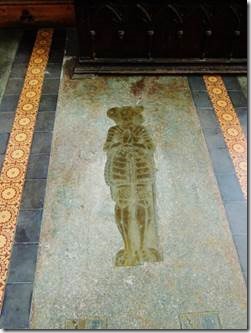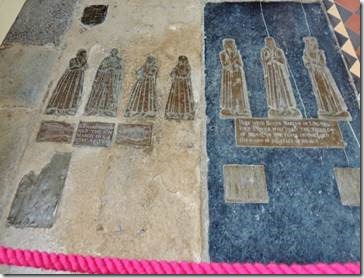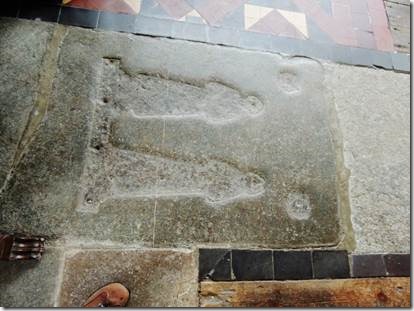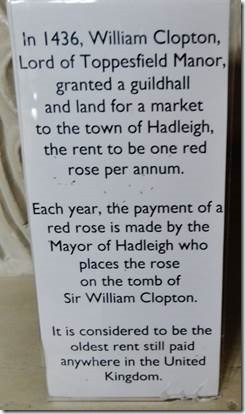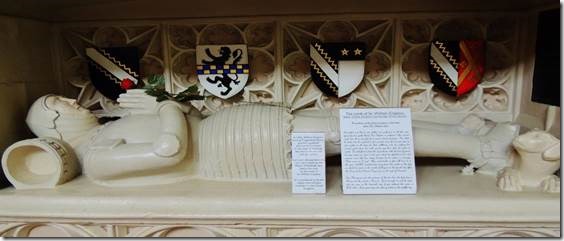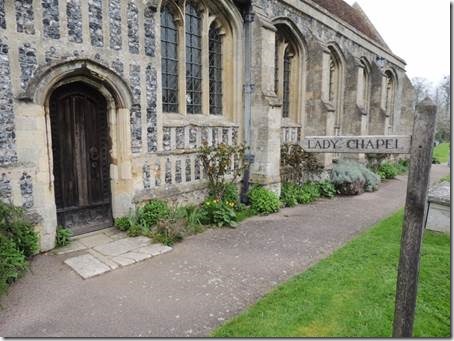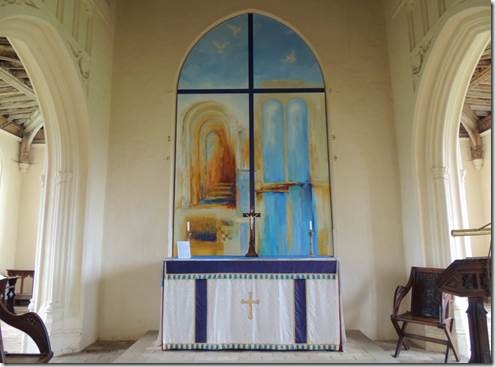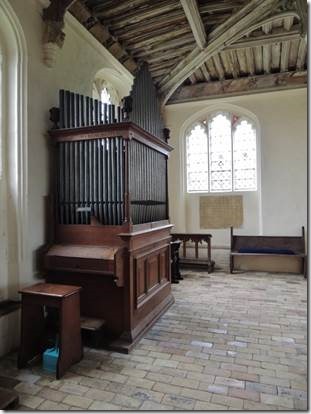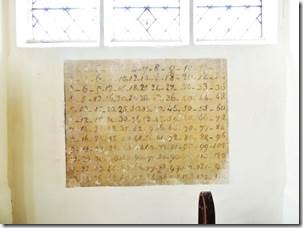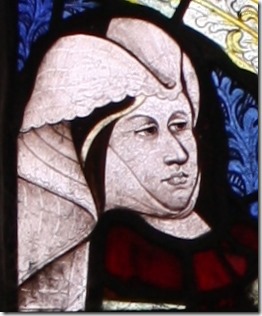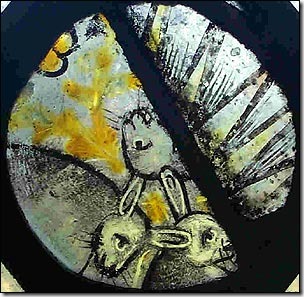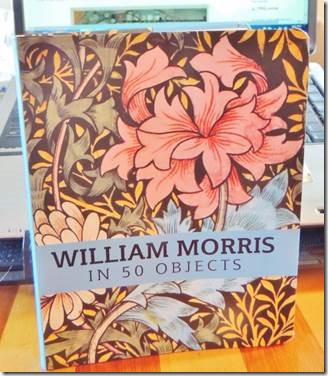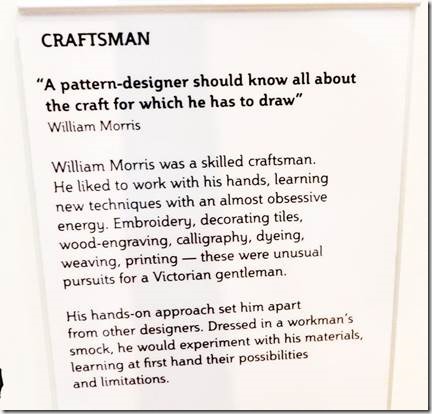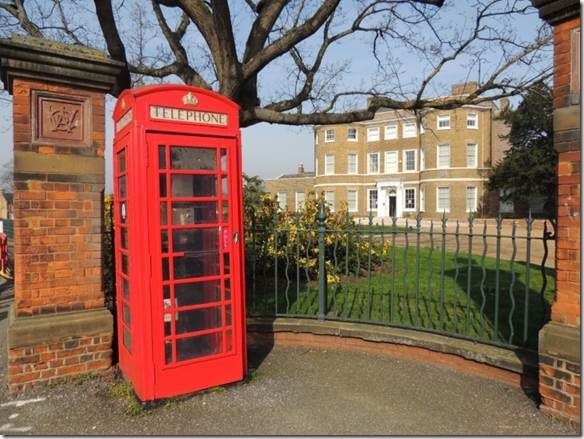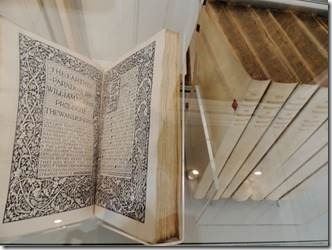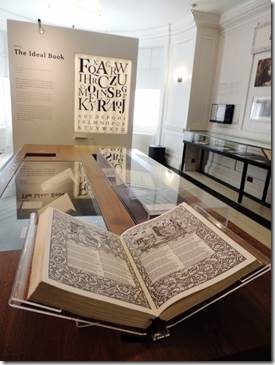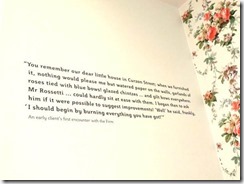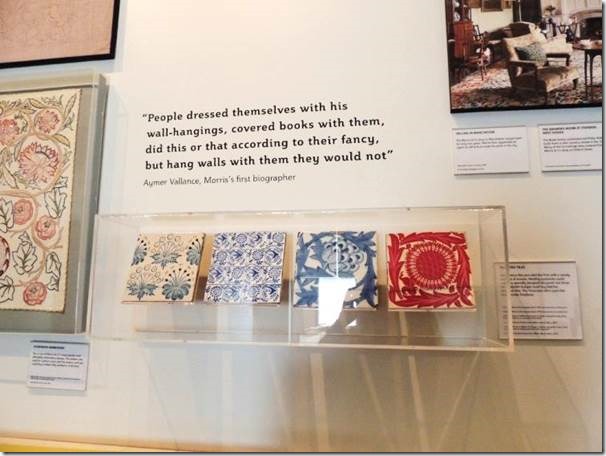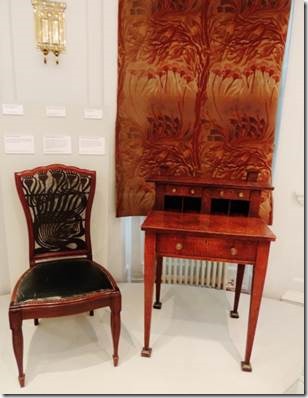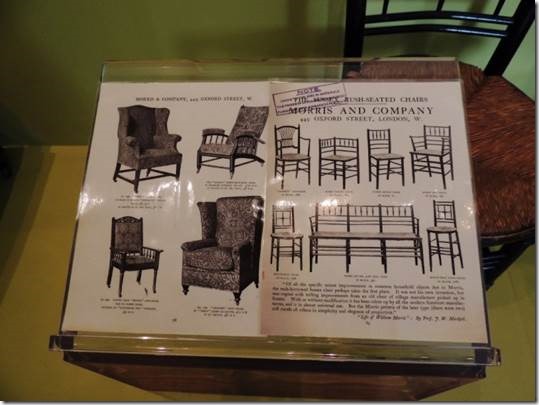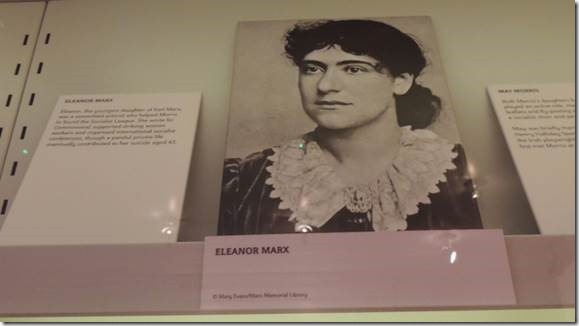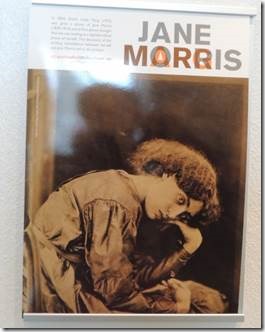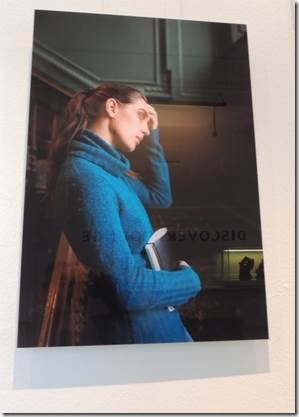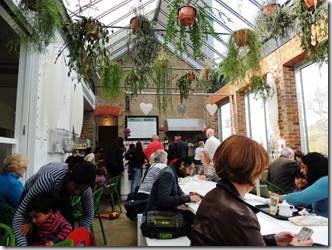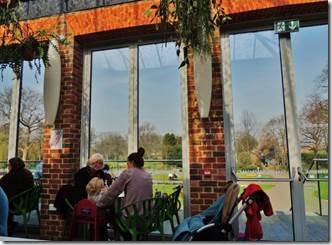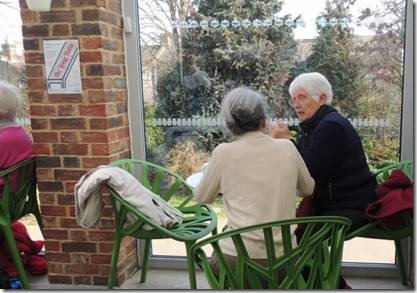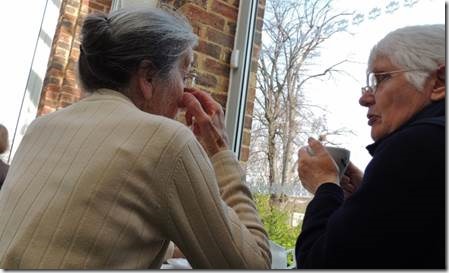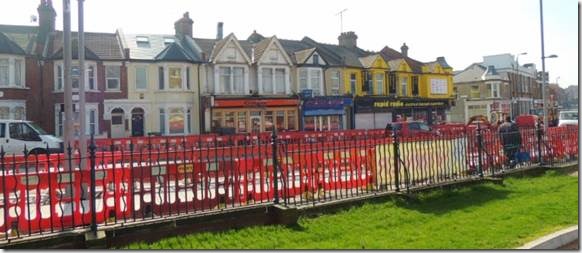Cheers,
Yesterday, Friday, Mary led Rick, Randal and me on an adventure to Long Melford. We were all a bit skeptical as it took two buses to get us there; but it was a really fun day. This email is part 1.
And………
Although we bought land while we were home, as we still at this point in time own a boat, our plan to stop cruising has changed. We are back to the original plan we had when we left Turkey for London which was to cruise back to Turkey through the rivers and canals of Europe. I’ll let Randal explain…..
“We are running out of time in the UK, May 4th for Ruth and me and this fall for Dora Mac so we will be taking the boat through the rivers and canals back to the eastern Med and likely Turkey. Ruth is not fond of this decision but it is the only viable thing we can do.
When we reach Turkey in August or September, we can have the boat pulled and some cosmetic repairs done that will make it more attractive to buyers. While that is being done, we can come home.
Rick and Mary who flew up from Marmaris to spend some time with us, have agreed to come along and since they did the trip in 2011, will be great assets to have with us. Rick has already started looking at our guides and charts we purchased from Ed and Sue Kelly who did the trip in 2011 as well. This is going to be a wonderful trip along some of the most scenic areas of Europe.
We will depart UK at the end of this month and move across the channel to the Netherlands to find a marina that can take down our mast. Rick and I will build cradles for it to sit fore and aft along the top edge of the pilothouse and hopefully out of the way.”
So there you have it. Eventually I’ll get used to the idea. Though Randal is still up for more cruising, I was ready to come home. But such is life and as there seem to be more voyages ahead for us on DoraMac, there will be more voyages for all of you to come along on.
Ru
|
We took the 91 bus from Ipswich to Sudbury and then a different bus line from Sudbury to Long Melford. It was definitely the scenic route. We were some of the first to board the bus in Ipswich so had the front row seats on the top of the double-decker bus. |
|
Population of about 4,000. The 2 mile high street in Long Melford reputedly the “longest High street” in England. And Long Melford’s antique shops have become famous as the town was the setting for the BBC series Lovejoy. |
|
Antique shops of Melford and lovely lace curtains. |
|
Funny what images stick in my head! The character Elizabeth Owen grown old in Long Melford maybe? |
|
The shape of these flowering “tulip/magnolia” trees remind me of hot air balloons. |
|
Nobody does a “polite notice” quite like the Brits….or anybody else? http://www.passiveaggressivenotes.com/2008/08/04/mahvelous-just-mahvelous/ http://www.passiveaggressivenotes.com/2011/09/20/polite-notice-to-dog-owners/ |
|
http://www.telegraph.co.uk source of the photo provided by Blunden’s estate. “Edmund Blunden (1896-1974) was the longest serving First World War poet, and saw continuous action in the front line, between 1916-18. His life-long friend Siegfried Sassoon maintained that Blunden was the poet of the war most lastingly obsessed by it.” |
|
Melford Hall didn’t open until 1 pm so we walked down High Street to “The Great Church of the Holy Trinity.” http://www.longmelfordchurch.com/ “Holy Trinity Church is one of the great Suffolk wool churches and was built almost entirely in the 15th century at a time of growing prosperity among the local cloth merchants. It was completed in 1484. The only modern part is the tower, dating from 1903. Much of the stained glass is medieval, and the Rabbit (Hare) window above the North door symbolizes the Trinity It is an Anglican Christian church in the Diocese of St Edmundsbury and Ipswich within the Church of England and has served the ancient and beautiful village of Long Melford, near Sudbury in Suffolk, for over five hundred years. The church stands on a hill at the north end of the village and looks down Hall Street which runs through the village from north to south. The church as you see was completed in 1484, the Lady Chapel in 1496, and the Clopton Chapel is from about the same date. The only part of the structure older than that is the five bays of the arcading at the west end of the nave, which are considered on architectural grounds to be about a century earlier, and perhaps the porch (of which more later). The only modern part of the structure is the tower, which dates from 1903 and was built as Long Melford’s commemoration of Queen Victoria’s Diamond Jubilee. By any standards it is a great improvement on the brick tower built in 1725. That tower replaced the original, which was destroyed by lightning around 1710, and the present tower was built round it.” http://www.longmelfordchurch.com/building.htm These leaning bushes could have been characters in Disney’s Fantasia. |
|
“The nave is 106 feet long and the whole building is approximately 250 feet long. It is arguably the largest village church in England “5 star” churches mentioned in Simon Jenkins’ book, “England’s Thousand Best Churches.” …from the church booklet. |
|
The brasses caught my eye.. As well as what looks like missing brasses |
|
An annual rent; one red rose…. The red rose is visible in his hands… |
|
The Lady Chapel had been a village school room at one point… |
|
“Behind the altar is a mural entitled “The Way Through”, installed in 2011 and painted by Alison Englefield, a local artist. This replaced curtains which were part of the material woven and hung in Westminster Abbey for the Coronation of Queen Elisabeth II.” Church booklet |
|
“In the far corner is the multiplication table which dates from 1670 when the Lady Chapel was first used as a village school. This continued until the 1800s. The pews were originally the school benches and were made by carpenters on the Melford Hall Estate where the timber came from.” Church booklet |
|
Things we missed….. |
|
Elizabeth Talbot; Duchess of Norfolk photo from Wikipedia Commons Had this been a church in London I would have had to return for more photos after reading the booklet telling about the church which we didn’t take time for while we were there. But apparently there is a stained glass window depicting Elizabeth Talbot, Duchess of Norfolk. According to the church booklet, the artist John Tenniel used Elizabeth Talbot as the model for the duchess in Alice in Wonderland. |
|
The Hare Window “It depicts three hares, each of which has two ears but only three between them. “ http://www.bbc.co.uk/ is source of the photo |

